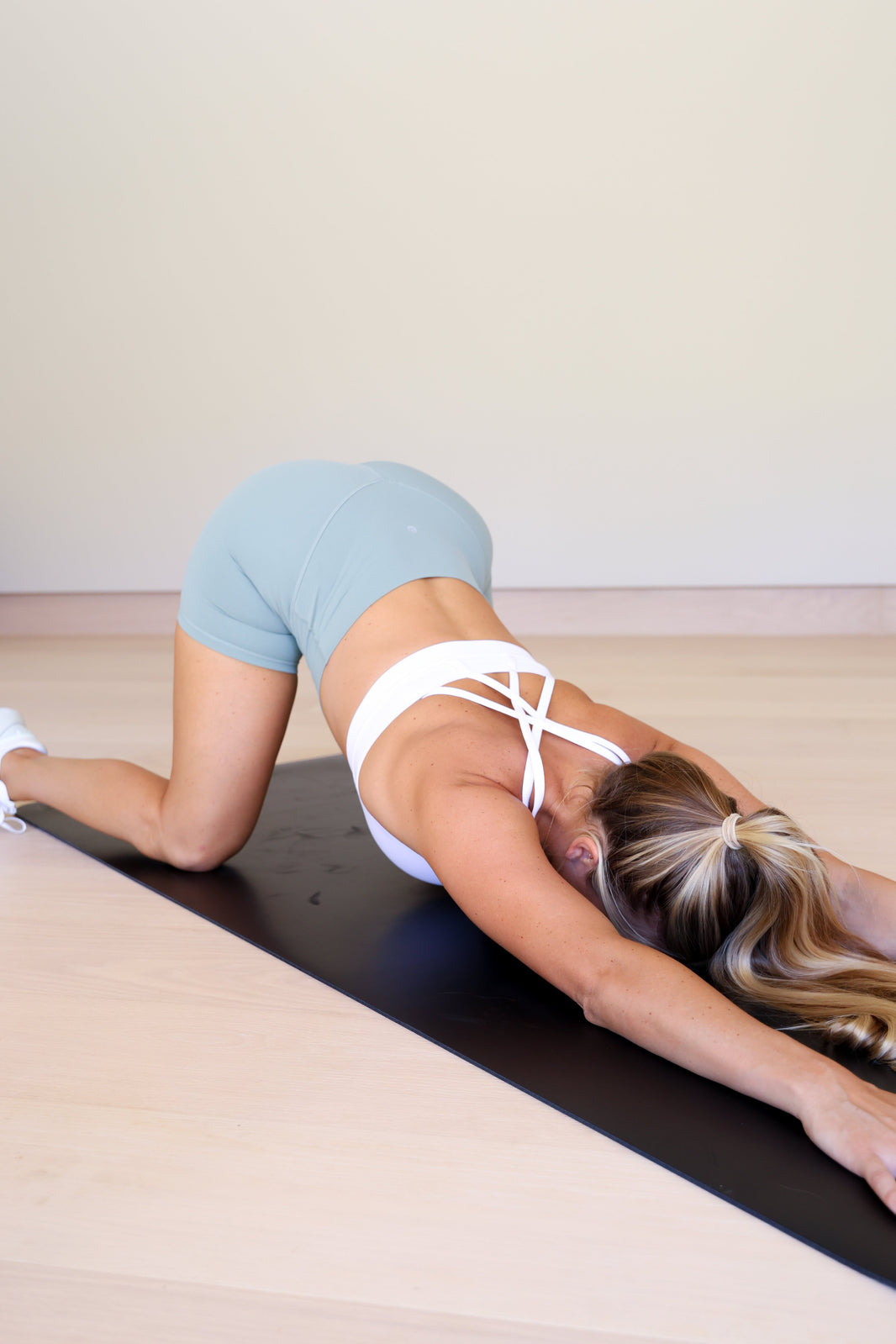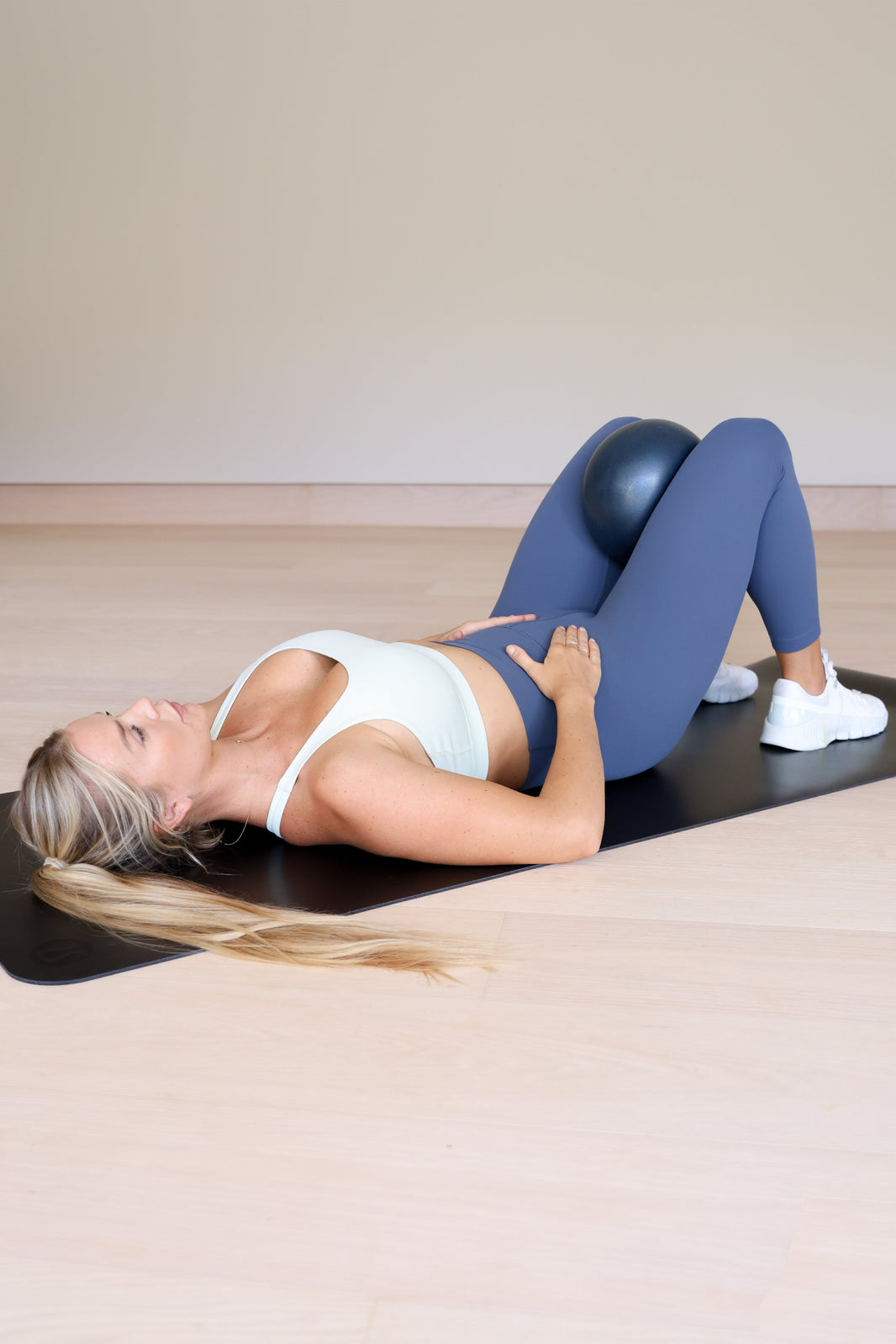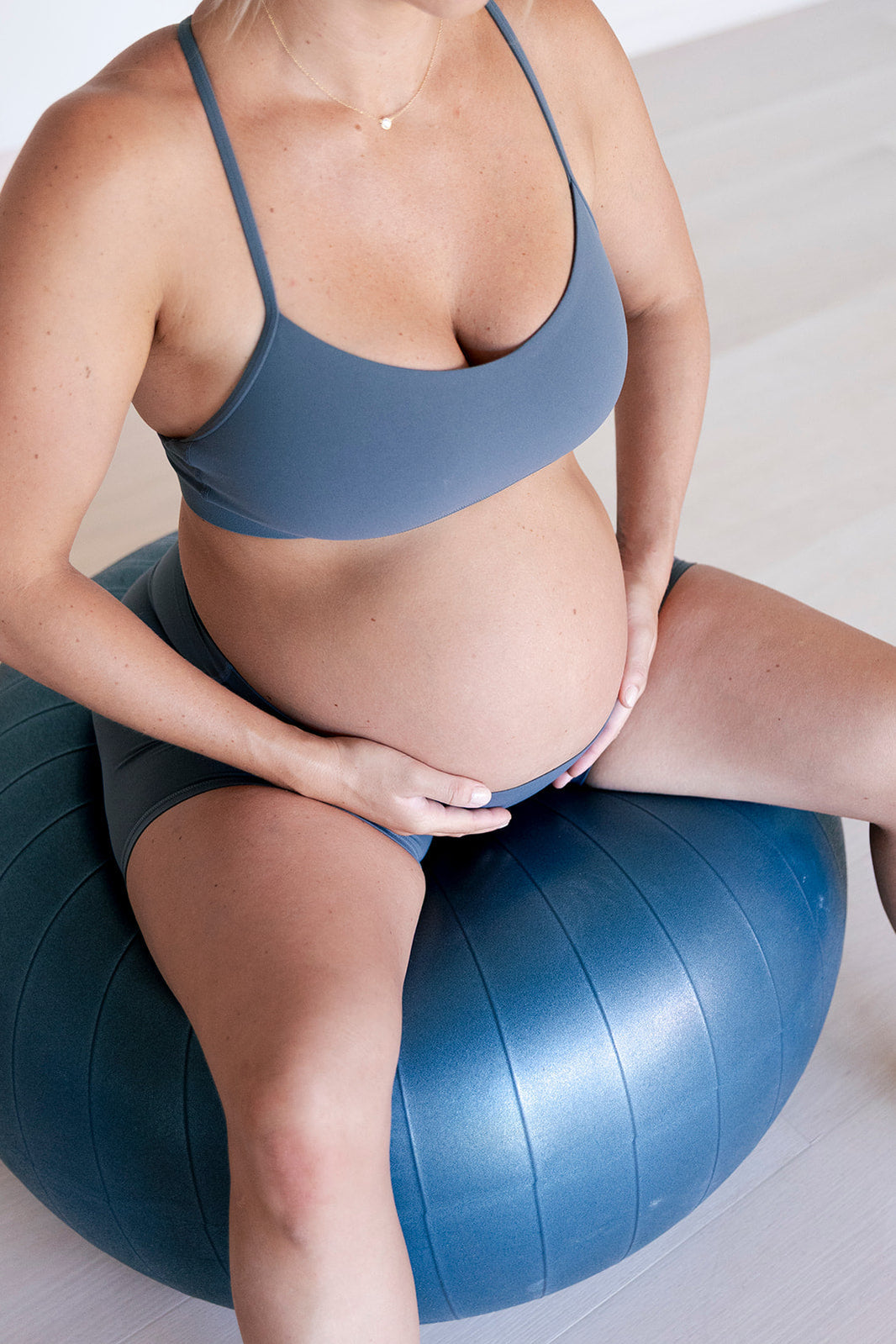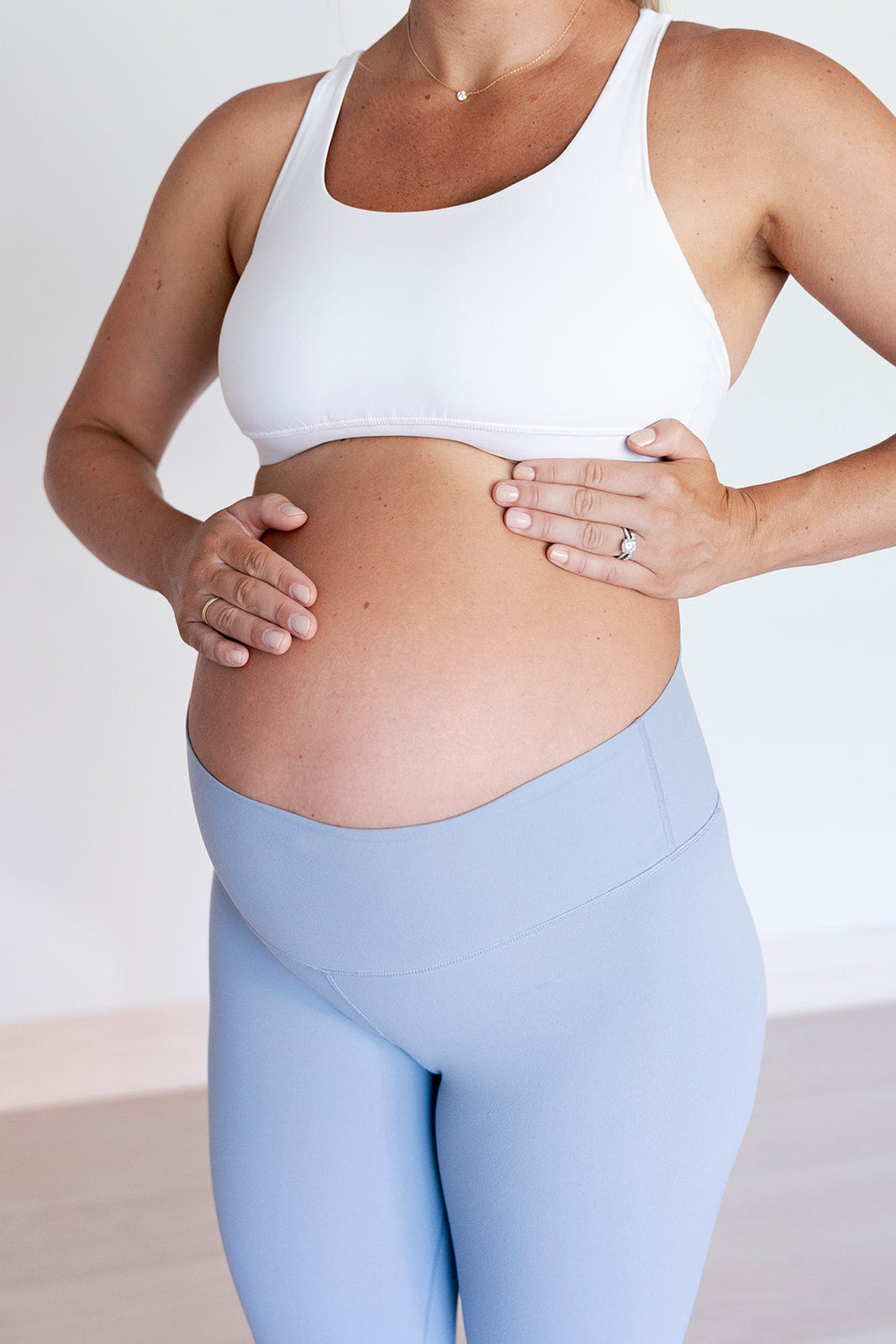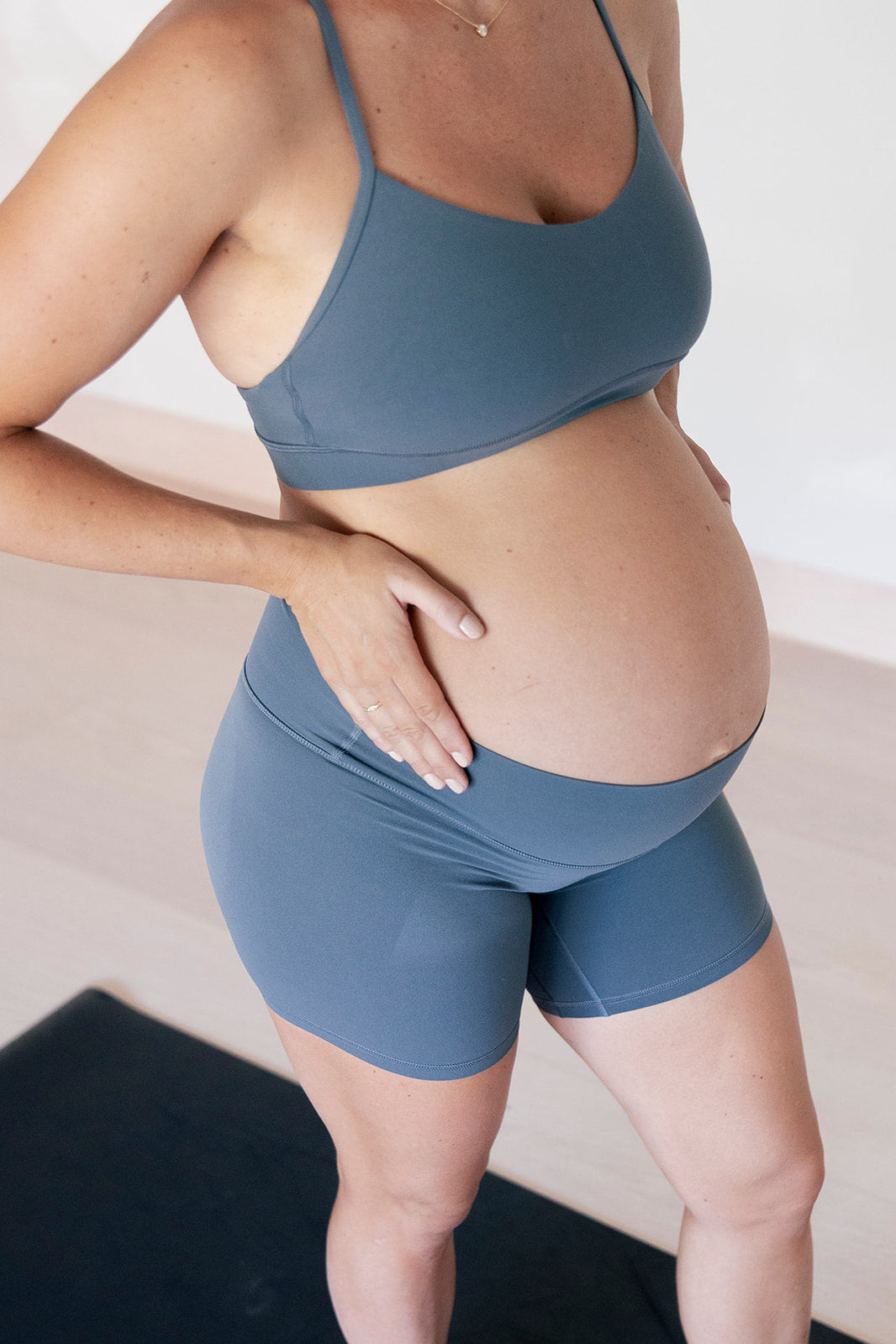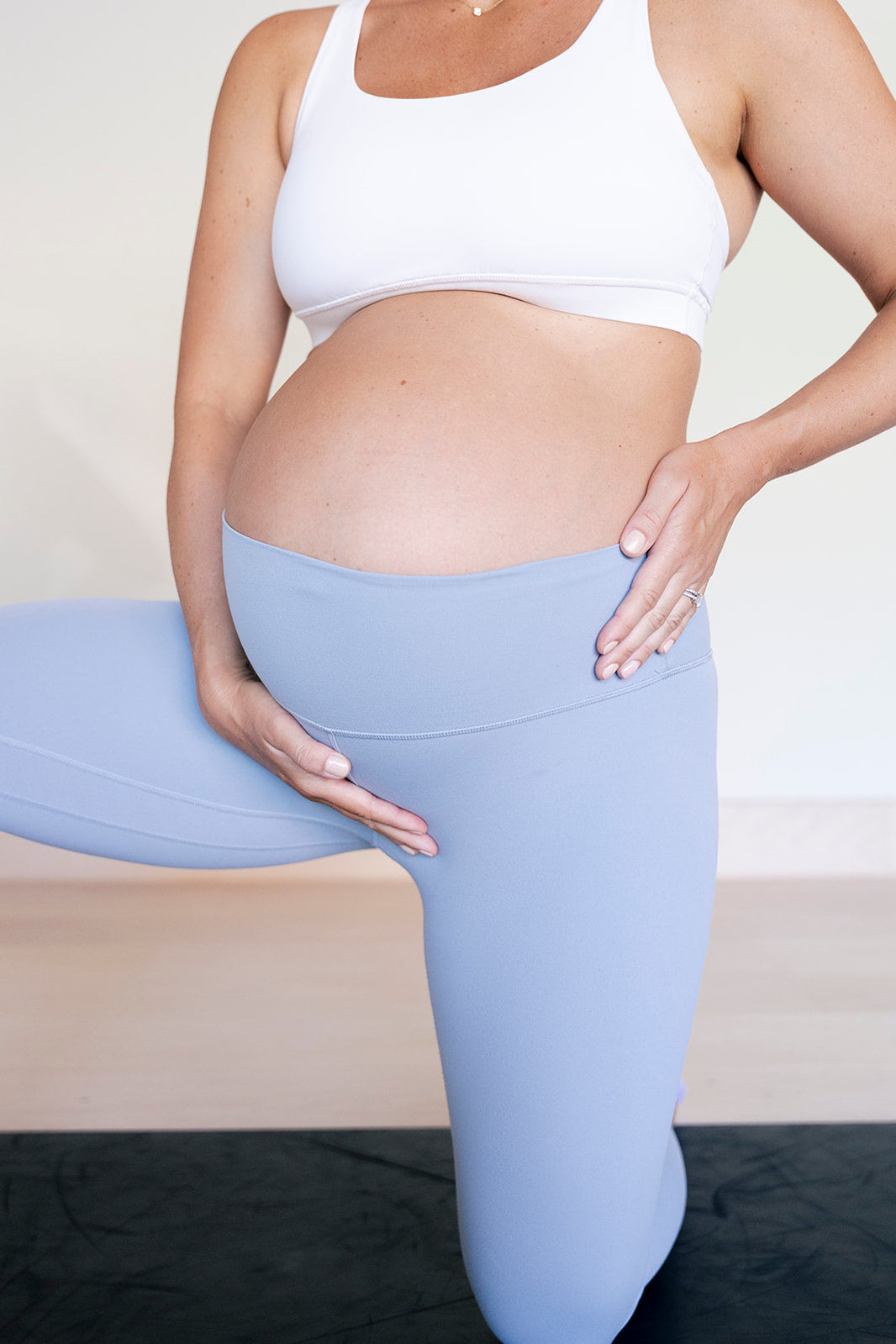For many of us, birth is such an unknown. We tend to have a base-level understanding of where a baby is grown and how they get out, but no real awareness of everything that goes on behind the scenes. However, having a deeper understanding of that process can make a huge difference to how it actually unfolds.
There are many benefits to learning about the physiological process of birth and truly understanding it, but the most obvious one is that it helps to build confidence and trust. If you understand birth, you are more likely to trust your experience of it, and less likely to panic, which is super important.
As a birth coach, I use a combination of elevated antenatal education and specialist coaching tools to help people prepare themselves mentally and practically for birth. That includes providing expectant parents with evidence-based information around how birth works. It might sound super simple but just learning about birth can make a huge difference – in fact, this is often where I see the biggest leaps in confidence for my clients. With that in mind, I thought I’d share just 5 amazing facts (there are so many more!) about birth to help build your trust in your body's incredible ability to bring life into the world:
Moving Muscle: The uterus is made up of two layers of muscle. As we approach birth, the inner layer is moved upwards, softening, thinning and opening the cervix. That muscle becomes gathered at the top of the uterus, which then surges or contracts to move baby down through the birth canal and out of the body.
Hormonal Cocktail: Several hormones come together to make birth possible. A key ingredient in that cocktail for birth is beta-endorphin, a naturally occurring opiate pain relief with properties similar to morphine. This builds throughout labour and peaks at the time of birth.
Physical Expansion: When they are free to do so (i.e when you are not lying flat on your back) your sacrum and coccyx are designed to move in order to increase the space in your pelvis by up to 30% so that your baby has more room to manoeuvre their way out of your body.
Trigger for Release: In the later stages of labour, as your baby descends lower into the birth canal, their head activates stretch receptor cells in your lower vagina, which stimulates the release of Oxytocin. This in turn triggers powerful surges/contractions which make birth happen quickly and easily via the Fetal Ejection Reflex.
Capacity to Heal: Fear of tearing during birth can be quite common. What most people don't realise though is that the vagina and perineum are designed to not only stretch, but to heal very quickly in the event of a tear. This is due to the fact that both have a good blood supply, which makes healing easier.
For many of us, birth is such an unknown. However, having a deeper understanding of the physiological process that makes it possible can make a huge difference to how it actually unfolds.



